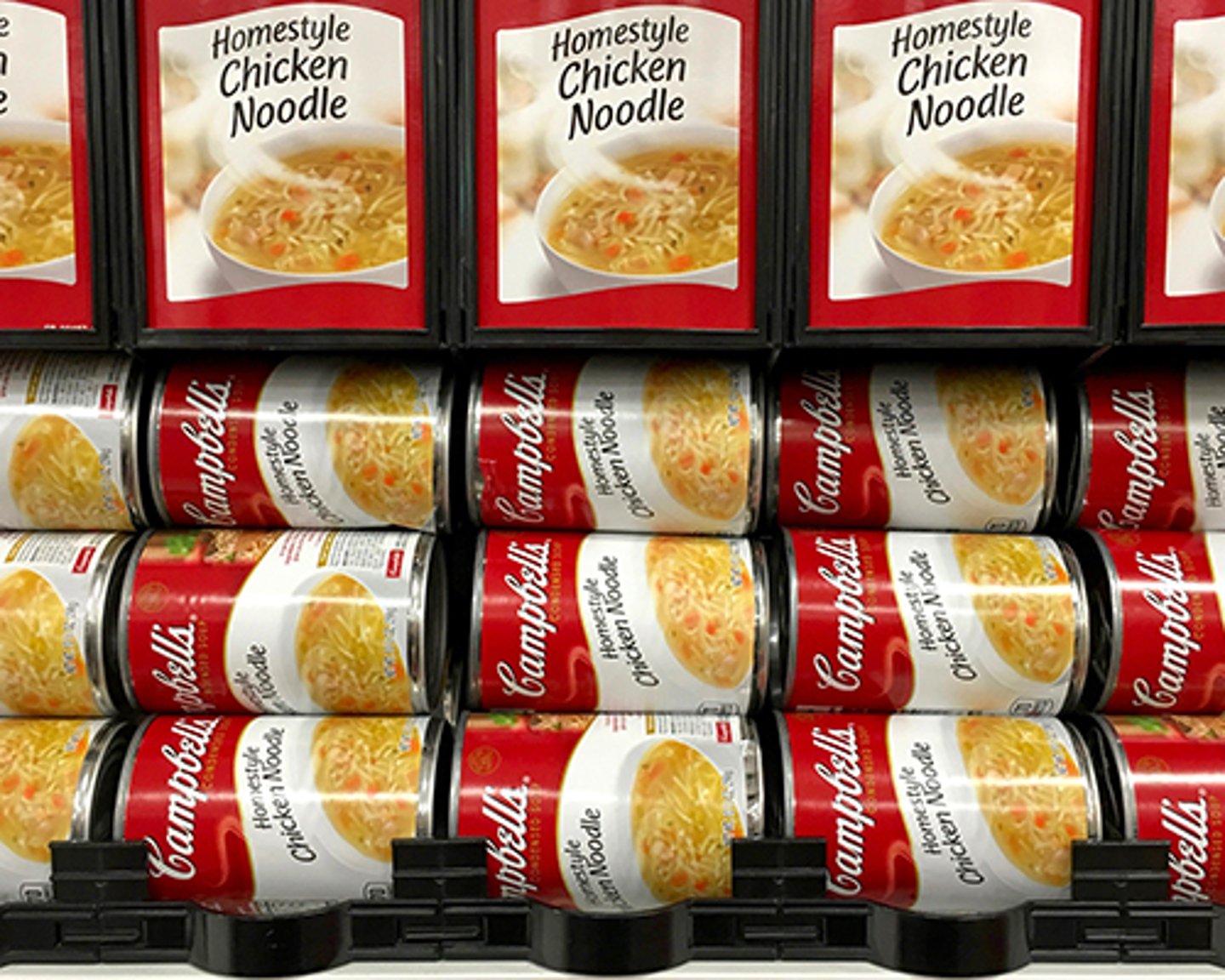Campbell’s Marrying AI Engine with Incubator to Accelerate Innovation Pipeline
As Campbell Soup Company plots its tech investment roadmap, the company is seeing success in marrying its AI-infused insights engine with its internal incubator to bring products to market much more quickly.
In addition to analyzing culinary and cooking trends and signals — including consumer recipe trends — Campbell’s insight engine is identifying meaningful innovations in the startup space, as well as monitoring other health, nutrition science, and food policy trends, according to the company.
Much of this is leveraging artificial intelligence and machine learning, with the engine scanning around 300 billion data points to provide insights for the company’s innovation strategies and internal incubator program, known as Campbell’s Maker.
[See also: Campbell’s Experiments With NFTs]
“We are pairing technology with creating a culture of innovation in R&D,” said Mark Clouse, Campbell’s president and CEO, at the company’s investors’ conference this week. “[The Campbell's Maker is] where we fuel an innovation culture that continuously feeds the funnel. It brings the idea of crafting or creation to life. It is built around truly knowing the equity of our brands, but not being bound by historical paradigms.”
The technology in turn enables teams to better align and unlock rapid prototyping to quickly iterate and bring the most promising concepts to development and market much more quickly, such as launching its Twisted Pretzel Sticks in weeks rather than months.
“This approach has meaningfully expanded and strengthened our innovation pipeline, which has never been stronger and better aligned with consumer trends,” noted Clouse.
Campbell’s, which has been taking steps to modernize its brand, also intends to invest more heavily to upgrade its warehouses and route-to-market systems. The No. 66 consumer goods company relies upon both warehouse and direct-store delivery through independent route owners, depending on the portfolio, geography and channel.
[See also: Welch's Christine Kwiat on Fueling Product Innovation]
This includes increasing its investment in packaging automation, which will enable it to seize opportunities in underdeveloped channels, such as manufacturing smaller packs for convenience stores, said Valerie Oswalt, executive VP and president, snacks, which have a higher revenue per ounce.
It will also invest in technology to enable its independent distributors to unlock opportunities to sell in-store, said Oswalt.
“We have some of our own businesses that are currently distributed through the warehouse that we're evaluating to be able to potentially shift to a DSD-type environment that could also help our partners grow,” she added.





